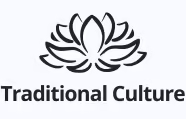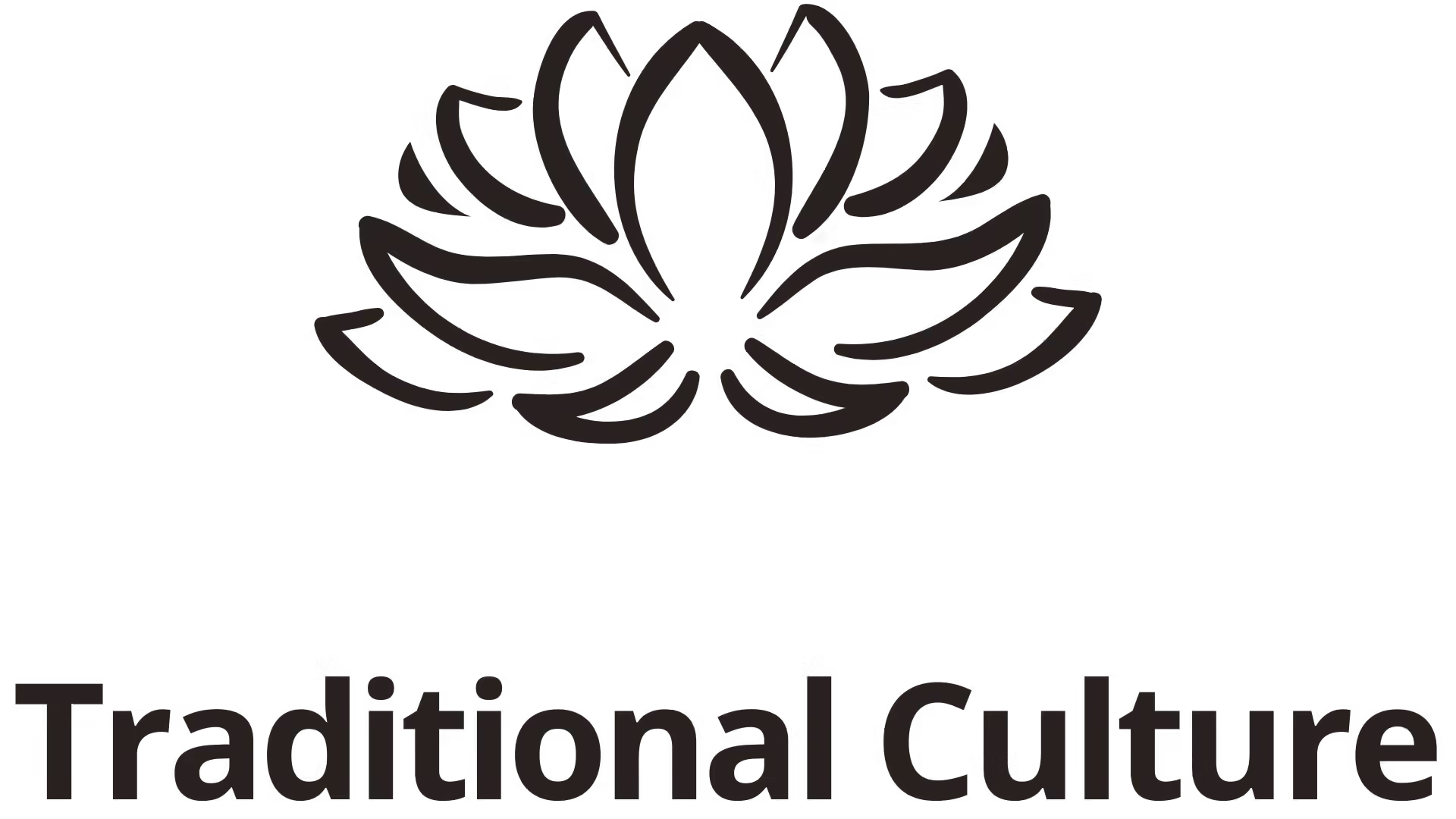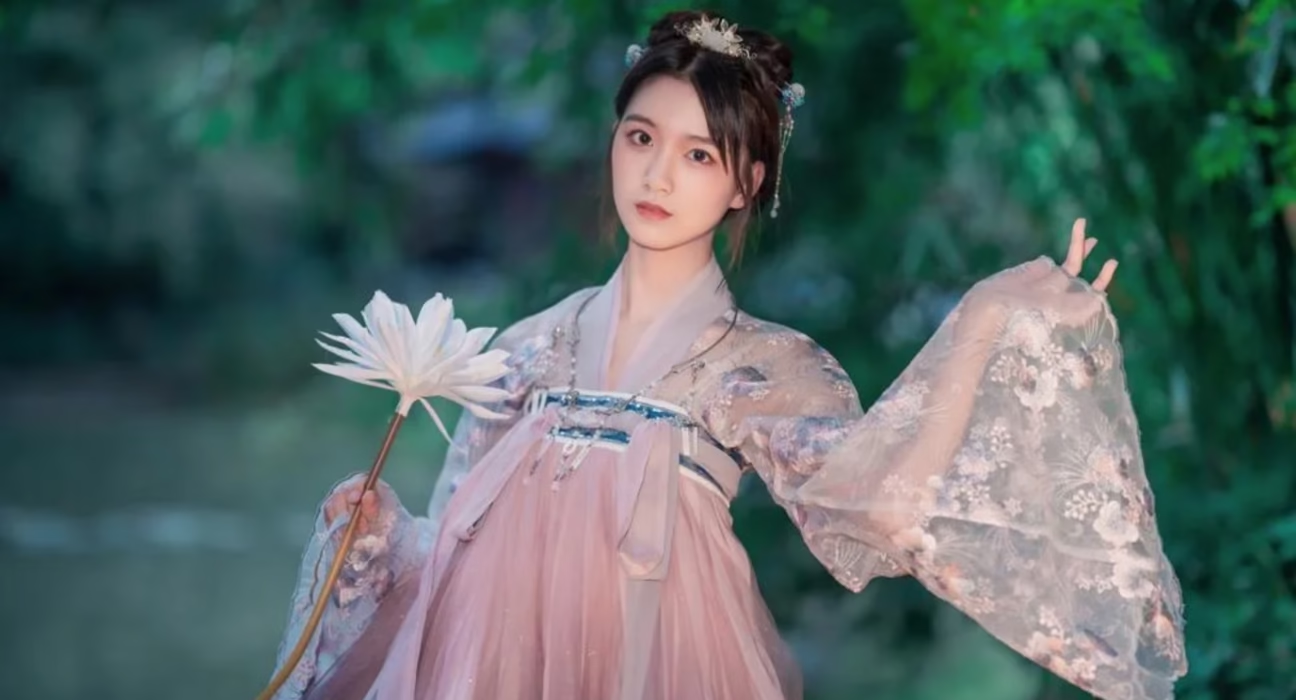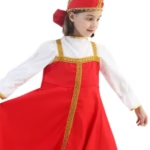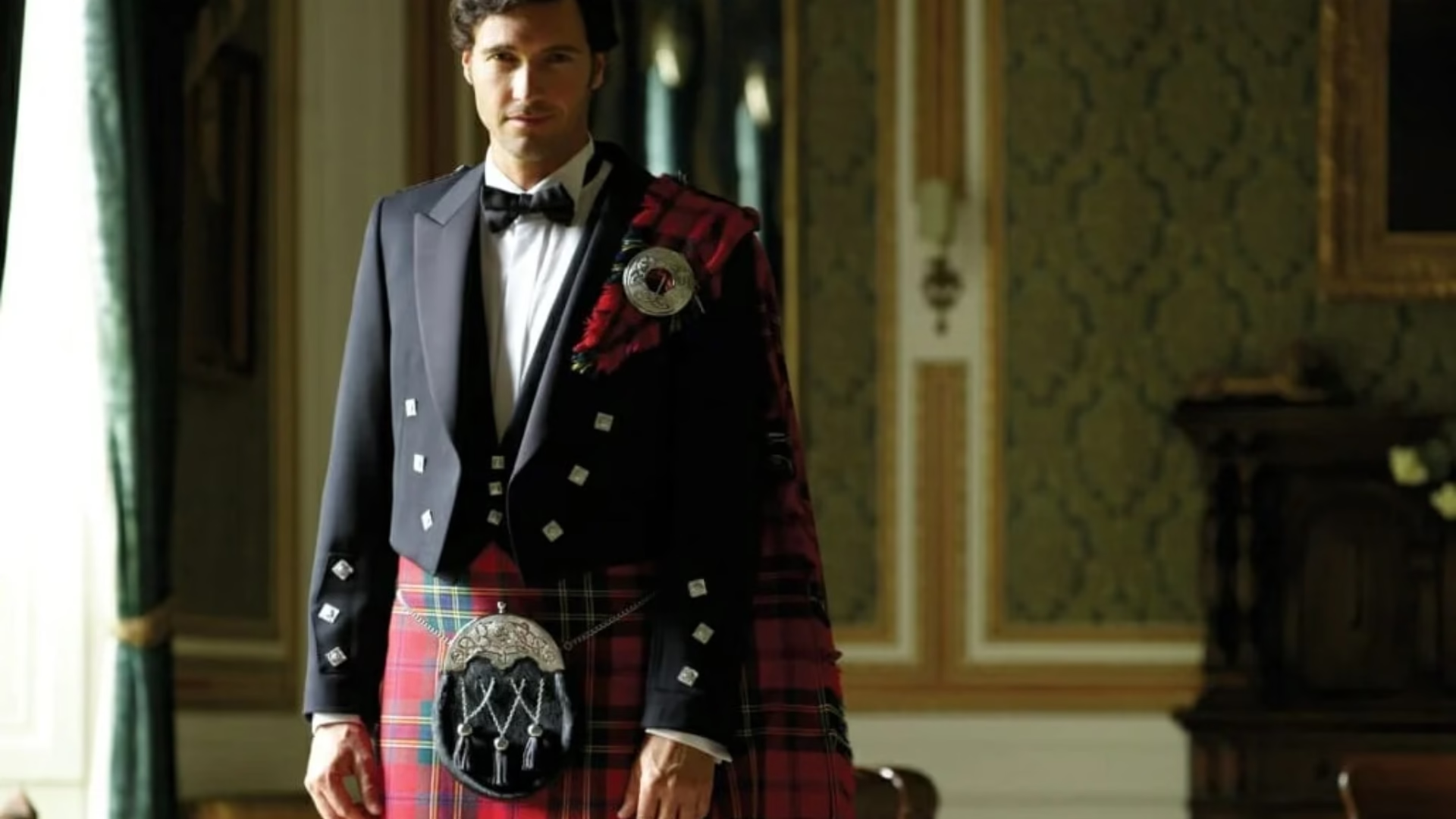Chinese Hanfu, often referred to simply as “Hanfu,” represents much more than just a traditional garment; it’s a vivid tapestry woven from the threads of history, culture, and artistry that have shaped the Chinese civilization for centuries. As we embark on this exploration, we will delve into the storied past, intricate designs, and the modern resurgence of this cultural heritage.
The Historical Significance of Hanfu
The roots of Hanfu can be traced back over two millennia, evolving through various dynasties as more than just functional attire—it embodied cultural identity, social hierarchy, and moral values.
Origins of Hanfu
While the term “Hanfu” is derived from the Han Dynasty, its origins and development were shaped by earlier traditions and continued to evolve through successive periods, reflecting advancements in philosophy, governance, and artistic expression. The clothing style reflects the beliefs of Confucianism, emphasizing moral integrity and proper etiquette.
As society evolved, so did the design and silhouette of Hanfu. Each dynasty brought with it distinctive variations in fabric, color, and style, showcasing the artistic flair of the time. For instance, during the Tang Dynasty, vibrant colors and luxurious fabrics became the norm, epitomizing the prosperity of that era.
Despite the distinct styles of each dynasty, long, wide sleeves and layered garments are often regarded as its most recognizable features. Wide sleeves not only enhance elegance but also provide flexibility and comfort in movement, while the multi-layered structure not only serves practical functions against varying climates but also reflects social hierarchy and the craftsmanship behind traditional attire.
Cultural Influences Over Time
Over centuries, Hanfu has absorbed influences from various external cultures, particularly through trade along the Silk Road. These interactions infused new textiles, designs, and techniques into Hanfu, enriching its aesthetic appeal.
However, despite these influences, Hanfu maintained its core characteristics, serving as a testament to the resilience of Chinese cultural identity amidst external changes. It stands as a mirror reflecting the broader narrative of China’s historical journey.
The Artistic Elements of Hanfu
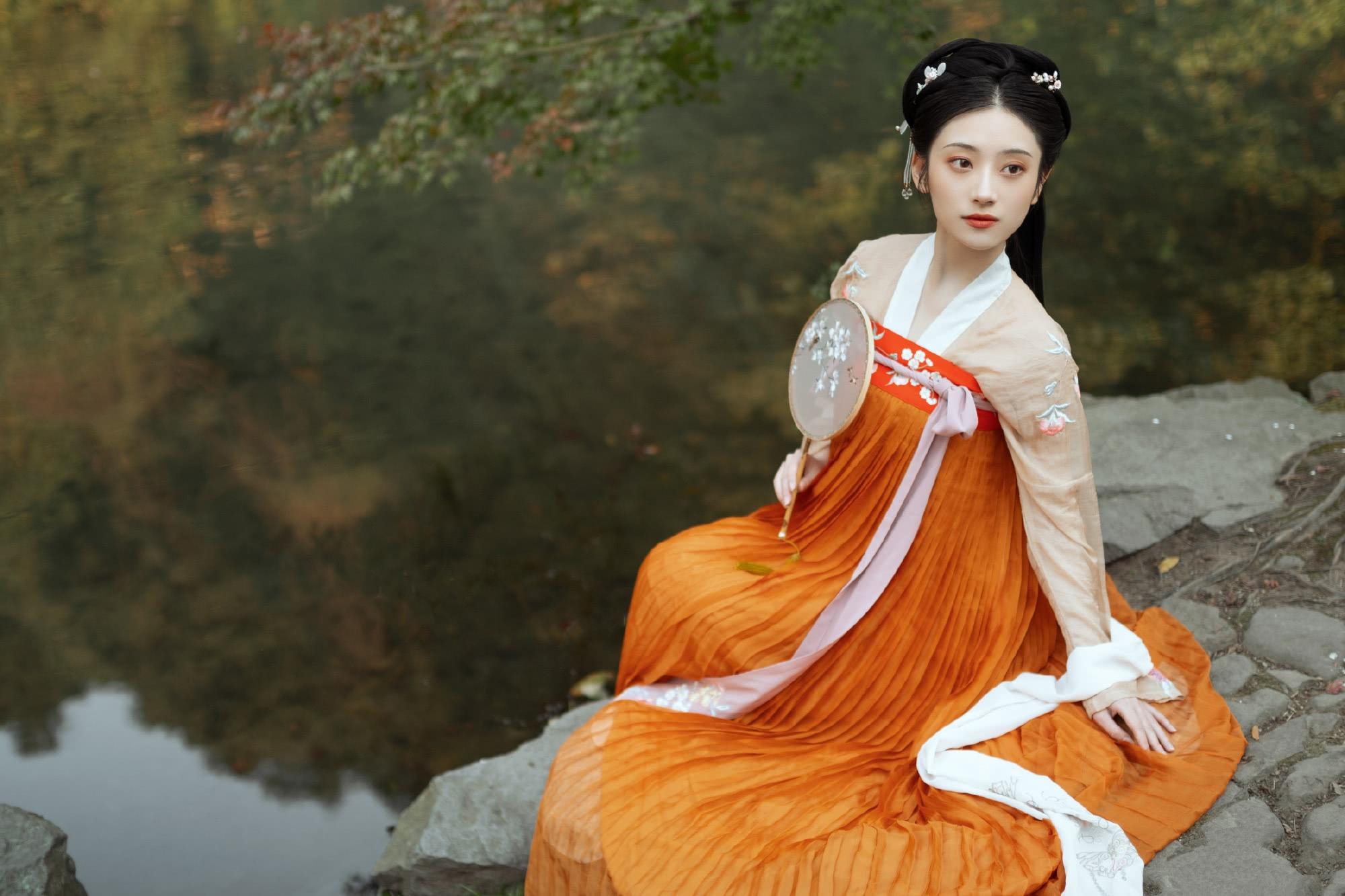
Exploring Hanfu is akin to stepping into a gallery of living art. The intricate details, exquisite craftsmanship, and rich symbolism transform this attire into a canvas of cultural expression.
Fabric and Texture
Hanfu is crafted from a variety of materials, including silk, cotton, and brocade. Each fabric carries its own story and emotional resonance.
Silk, for instance, is often associated with nobility and luxury, evoking images of emperors and empresses adorned in lavish robes. The texture of the fabric also plays a crucial role; a soft, flowing silk enhances the fluidity of movement, essential in traditional dances and rituals.
Color Palettes and Their Meanings
Color in Hanfu is as vital as the cut and material. Traditional Chinese color theory, inspired by nature’s vibrant hues, links specific colors with cardinal directions, Wuxing (Five Elements), and the changing seasons. Each hue also conveys specific meanings and emotions, shaping both aesthetic choices and cultural symbolism.
Red, for example, symbolizes good fortune and joy, making it a popular choice for celebrations, such as weddings. In the Five Elements system, red corresponds to fire (火) and the south, representing warmth, vitality, and prosperity. Green, connected to wood (木) and the east, embodies renewal, growth, and harmony, making it a fitting color for spring attire. Certain colors also reflected social status, with bright yellow—representing earth (土) and central authority—being reserved for the emperor and high-ranking nobility.
Ultimately, Hanfu’s classical color schemes embody a poetic fusion of philosophy, ritual, and natural beauty, reflecting the ancient belief in the unity of heaven and man.
Craftsmanship and Techniques
The making of Hanfu involves a symphony of techniques, from weaving and dyeing to embroidery. These methods, passed down through generations, showcase the meticulous skill of artisans dedicated to maintaining the authenticity of Hanfu.
Embroidery, in particular, showcases stunning motifs like dragons and phoenixes, each rich in symbolism. Dragons, representing power and imperial authority, were commonly associated with the emperor, while phoenixes symbolized virtue, harmony, and the grace of empresses. Additionally, many embroidery patterns draw inspiration from nature, incorporating floral and botanical designs that reflect traditional Chinese aesthetics and a deep appreciation for the natural world. These embellishments not only enhance the visual appeal of Hanfu but also serve as a bridge between art, mythology, and cultural heritage.
The Modern Revival of Hanfu

In recent years, there has been a remarkable resurgence in interest in Hanfu, particularly among younger generations in China. This revival speaks volumes about cultural reawakening and identity.
Social Media and Cultural Renaissance
Platforms like Weibo and TikTok have played pivotal roles in promoting Hanfu culture. Enthusiasts share photos and videos showcasing their outfits, participating in traditional arts, and engaging in historical reenactments.
This digital space fosters a community where individuals can connect over shared interests, promoting a sense of belonging and pride in their heritage. The visually appealing nature of Hanfu makes it highly shareable, further fueling its popularity.
Events and Festivals Celebrating Hanfu
Numerous events, such as Hanfu festivals and parades, celebrate this cultural attire, allowing people to don traditional garments and engage in activities rooted in history.
These gatherings provide a platform for education, where participants learn about the historical context of Hanfu, its craftsmanship, and the values embedded within the designs. Such events play a critical role in preserving the legacy of Hanfu while infusing it with contemporary relevance.
Bridging Tradition and Modernity
While the revival emphasizes tradition, it does not shun modern interpretations. Designers are now experimenting with contemporary styles, incorporating elements of Hanfu into everyday wear, making it accessible to a broader audience.
This blending of old and new ensures that Hanfu remains relevant today, resonating with both traditionalists and fashion-forward individuals. The evolution of Hanfu embodies the dynamic nature of culture, proving that heritage can coexist with modernity.
The Global Influence of Hanfu

As the world becomes increasingly interconnected, Hanfu finds its place on the global stage, captivating audiences beyond China’s borders.
Cross-Cultural Interest
The fascination with Hanfu is not limited to China. Internationally, enthusiasts and scholars alike are drawn to its beauty and complexity.
Cultural exchange programs and exhibitions featuring Hanfu have emerged, allowing a wider audience to appreciate the garment’s history and artistry. This interest fosters understanding and appreciation of diverse cultures, paving the way for dialogue and collaboration.
Fashion Industry Engagement
Fashion designers worldwide are beginning to draw inspiration from Hanfu, integrating its aesthetics into contemporary clothing lines. By doing so, they create a fusion that respects tradition while appealing to modern tastes.
This trend signifies a growing recognition of the value of cultural heritage in fashion, transforming Hanfu from a niche interest to a celebrated element in the global fashion narrative.
Educational Initiatives
Various educational initiatives seek to promote awareness of Hanfu and its significance. Workshops, seminars, and lectures aim to educate people about the history, crafting techniques, and cultural implications of this traditional attire.
Such efforts are crucial in ensuring that the story of Hanfu continues to be told, inspiring future generations to embrace and celebrate their heritage.
Conclusion

The journey through Chinese Hanfu takes us far beyond the surface of beautiful fabric and intricate designs. It reveals a deep connection to Chinese history, culture, and identity that resonates across time and geography.
As we witness its revival and global emergence, we recognize that Hanfu is not merely a relic of the past but a vibrant symbol of cultural pride and continuity. Embracing Hanfu allows us to participate in the ongoing narrative of a civilization that has thrived for millennia—a narrative that encourages respect for traditions while welcoming innovation and change.
Through understanding and celebrating Hanfu, we not only honor Chinese heritage but also enrich our global tapestry of cultural diversity. In essence, Hanfu is a bridge connecting the past with the present, reminding us all of the beauty inherent in sharing our stories and traditions.

